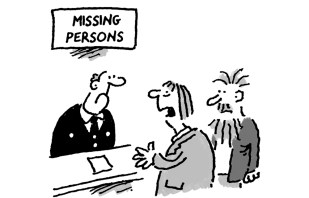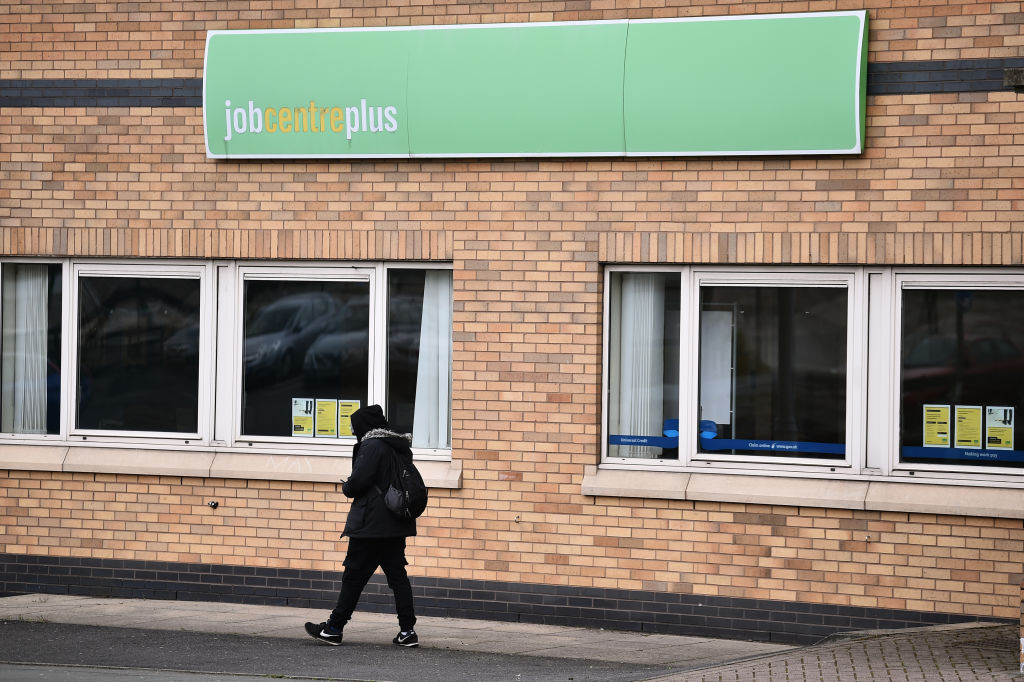
Katy Balls has narrated this article for you to listen to.
In 1603, James VI managed to do what few thought possible. The self-styled first King of Great Britain succeeded in bringing the ‘auld enemies’ of Scotland and England under one monarch. That union of the crowns is a topic of chatter and inspiration for the British right these days.
Admirers of Nigel Farage now talk about the ‘James I model’. The idea is simple: could the two warring tribes of the Conservatives and Reform be brought together under one leader? The next general election may be nearly four years away, but it’s telling that such conversations are already taking place.
With every new opinion poll, Conservative MPs grow a little more anxious. The Tories often poll third behind Reform and Labour. They worry that by the time they go to the polls they will have little claim to being the main opposition. A YouGov poll this week put Reform ahead of both main parties for the first time.
While that’s also a problem for Starmer, the more immediate threat is to Kemi Badenoch. As she prepares to mark 100 days as Tory leader, there is growing concern that the path to recovery is narrowing. ‘Let’s be honest. It’s not going well,’ says a former minister. ‘Kemi doesn’t have to do policy,’ says a senior Conservative. ‘But she does need to do something.’
As the party struggles financially, staff members have been told they may have to move from their Westminster campaign headquarters. ‘I think the Tories moving out of Matthew Parker Street should be the least of their worries,’ says a Reform source. Badenoch addressed aides this week about the scale of the challenge ahead – effectively telling them to buck up. It wasn’t exactly a charm offensive. ‘I wouldn’t call it uplifting,’ says one attendee.
Without a change in fortunes, Tory MPs fear they may have to work with Farage to find a route back to power. ‘I can’t see how we drag the Reform vote down enough,’ says a former No. 10 aide. ‘Their vote is way too sticky.’ While the Reform party has a ceiling, a vote split three or even four ways will benefit the insurgent party in a first-past-the-post system. Some Tories have concluded that as the election gets closer, the situation could get worse for them. Better to form an alliance sooner rather than later.
But the official line from both camps is no. Badenoch has said Farage wants to destroy the Tories, so a merger is off the table. Reform party aides are also rather down on the whole thing. ‘It would be politically toxic,’ says a senior party figure. ‘The Conservatives are yesterday’s news.’
Yet some lower in the ranks are starting to air the idea – even publicly. Speaking on GB News this week, former Tory cabinet minister Jacob Rees-Mogg said the two parties need to strike a non-aggression pact if they want to deliver a right-wing government: ‘If we enter the next election in this three horse race without a pact, we may well see Labour keep its majority – and just look how badly they’re governing.’ The Reform MP Rupert Lowe has said his party would have to be ‘very careful of our brand’, stating that some type of alliance would only be a success if ‘you remove most of Tory party central office and you get rid of your Lib Dem MPs’.
As Kemi prepares to mark 100 days as Tory leader, there is concern that the path to recovery is narrowing
In private, informal discussions have taken place with figures in both parties. The argument advanced by those privy to the talks is that the next election will probably be closer than the last. Yet the prospect of Farage in government could galvanise the left to get behind Starmer rather than risk a vote for smaller parties. ‘It’s not gone unnoticed that the Greens and Lib Dems won 19 per cent of the vote in the 2024 election,’ says one Tory sympathetic to a pact. ‘If Farage is running, the left will rally behind Labour to stop him, so the winning party will need more like 37 per cent of the vote to govern than 31 per cent’.
What would a Tory/Reform pact look like? There are different options depending on each side’s appetite for risk. The first option is the mildest – an unofficial deal similar to the way Labour and the Lib Dems approached the 2024 election. In seats where neither party has a realistic chance of winning, they field a paper candidate to give the other party a better shot. Then they hope for tactical voting in these seats to ‘get Labour out’.
Then there’s the geographical pact. In this scenario, seats in different areas could be divided between Tory and Reform candidates. ‘It would be a north-south pact – provinces vs towns,’ says one insider.

While Team Farage is publicly against all this, some Conservatives believe he could be convinced. After all, he is only starting from five MPs. ‘Even if a non-merger deal, for Farage to have 100 to 150 MPs, that would give him permanent power.’ As for a full merger – which could see Farage fulfil his ambition to do what a different Reform party did in Canada after the 1993 Conservative wipeout – well, a name is already doing the rounds. ‘The Reformed Conservative party has a nice ring to it,’ says a Tory.
But the idea is sure to encounter resistance. Andrew Mitchell, a former Conservative minister, warns against any rash behaviour: ‘The right way is not to get into bed with [Reform] or worse – but to come up with the right policies to persuade those who deserted us at the last election that we have done the necessary work to develop the right policies and they can return to us.’
For now, this is Badenoch’s approach. The general feeling is that while she is in charge, the Tories will stay away from Farage. ‘I’m not sure you could fit both their egos in one room,’ says a Tory MP. Instead, MPs say a pact is only likely to work with a leader more sympathetic to Reform, such as Robert Jenrick or Suella Braverman. However, any leader would face the same danger – the Tory who makes a deal with Farage risks anointing their successor.









Comments